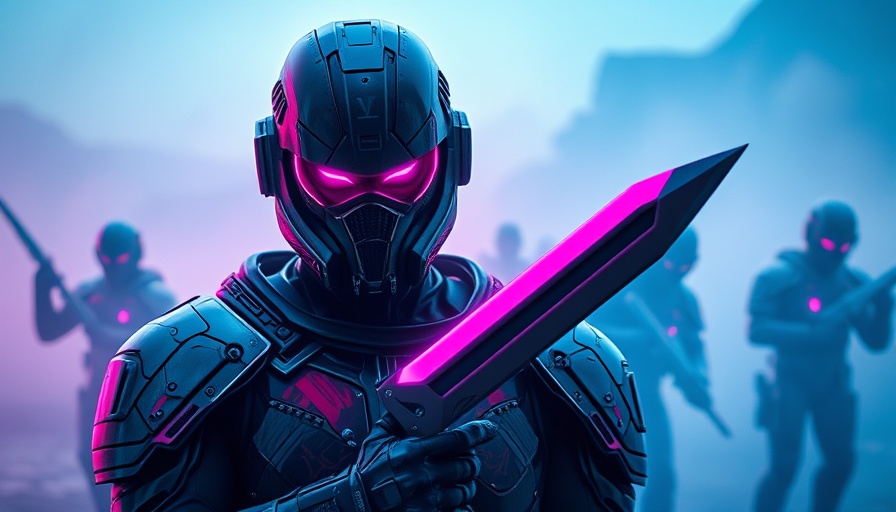
Will PlayStation's Support for 'Marathon' Turn the Tide for Bungie?
Sony is betting on Bungie's upcoming title, Marathon, to reverse a series of setbacks in its foray into live-service games. With a commitment to giving Marathon all the tools it needs to succeed, including user feedback and analytics data, the company hopes to improve upon past mistakes showcased in the troubled launch of Concord.
The Challenges of Live-Service Games
The journey into the live-service market has been arduous for PlayStation. Concord, touted as the company’s significant entry point into the genre, fell flat and led to the closure of Firewalk Studios shortly after launch. These setbacks have cast a long shadow over PlayStation's ambitions, as flagging interest and severe market competition have left developers scrambling to find their footing.
Herman Hulst, head of Sony Interactive Entertainment, acknowledged these "unique challenges," emphasizing the importance of gathering feedback during Marathon's alpha testing phase. With the alpha described as yielding "varied but super useful" responses, the ongoing feedback cycle aims to avoid the pitfalls that befell Concord.
Supercharging Innovation with User Feedback
Bungie and PlayStation appear committed to refining their approach. Under Hulst's guidance, the aim is clear: deliver an innovative and engaging title that resonates with audiences. The feedback from the alpha test is instrumental, allowing the team to iterate effectively as development progresses. This iterative strategy is crucial in a field where player expectations are soaring and innovation is paramount.
The Shadow of Plagiarism Claims
However, despite the forward momentum, Bungie also grapples with serious allegations of art plagiarism. Artist Fern "Antireal" Hook accused the studio of using her work without proper attribution, a claim that tarnished the company's reputation. Bungie's subsequent apology and promise to address these concerns demonstrate their commitment to integrity; however, it may still impact potential players' perceptions of Marathon.
Future Predictions: What Lies Ahead for 'Marathon'
As we look ahead, the launch of Marathon is highly anticipated not just for what it brings to the table, but also as a pivotal moment for Sony in its quest to establish a foothold in the live-service domain. Set to arrive before the end of Sony’s fiscal year on March 31, 2026, the company’s full backing suggests considerable stakes are involved. Should Marathon succeed, it might signal a turning of the tide for PlayStation in this competitive sector.
Yet, the absence of Marathon at PlayStation’s recent State of Play hints at possible delays or development hurdles. While no official commentary has been given regarding postponements, the community remains eager for updates. The interplay of ongoing improvements and overcoming allegations ensures that Marathon will be a pivotal focus as the development team navigates the complexities of the current gaming landscape.
Final Thoughts
In a world where gamer expectations are at an all-time high and competition is fierce, every decision made during the development of Marathon will count. The ability to adapt based on user feedback and learn from past failures will be the key to unlocking success for Bungie and Sony alike.
 Add Row
Add Row  Add
Add 




Write A Comment